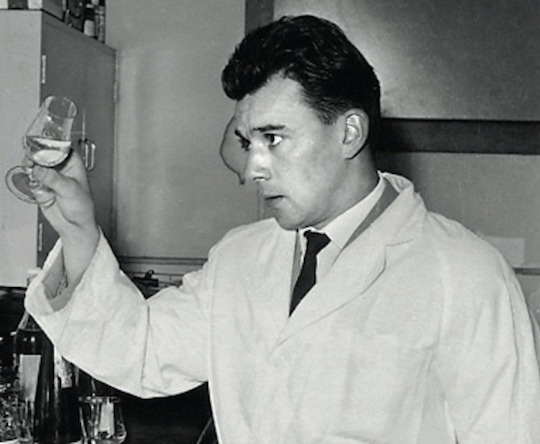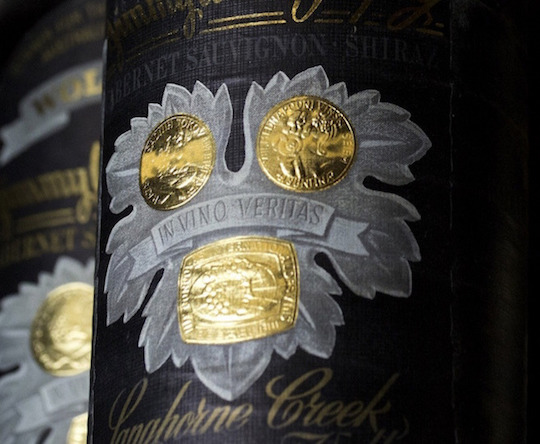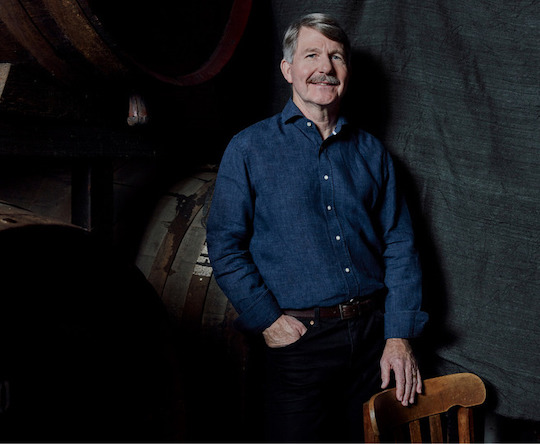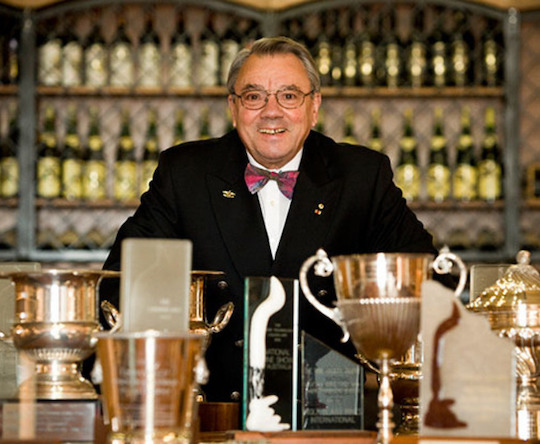Ever wondered what the story was behind the man riding across the Fossil Rock dunes in our ad? Meet Ryan Blair – a Scottish motocross rider, now based in Dubai, whose passion for riding has won him championships across Europe and the Middle East. But it’s not all big thrills and first prizes. We talked to him about his love of motocross and how his chase for triumph never ends.
HOW DID YOU FIRST GET INTO MOTOCROSS, RYAN?
I grew up riding and racing in Scotland. I’ve been racing motorcycles from an early age. I think I got my first motorcycle when I was five – for my fifth birthday – and then pretty much I’ve been racing and on the bike ever since.
My father and my grandfather also rode motorcycles. So it’s pretty much a family tradition that you must ride motorcycles in the Blair family.
HOW DID YOU PROGRESS WITH IT?
From my fifth birthday, we went riding on the weekends and it stemmed from there. I got really interested in it. After I grew out of one bike, I would move on to another one.
My dad worked with a guy whose son raced back in Scotland. So I went to see one of the races and I thought, “I’d really enjoy doing that.” The next weekend we joined the club and then went racing. And ever since that day, I’ve not really stopped. Pretty much every weekend has been racing.
DO YOU REMEMBER YOUR FIRST RACE? HOW DID THAT GO?
Yeah that didn’t go so well. When I was at the start gate, I actually burst out in tears ‘cause I was that nervous. I was so scared that I didn’t want to do it. So we gave it a miss that day and then went back the following day and I gave it another shot. Once I left the start line, I was fine. I was OK after that, but initially I was crying. My dad likes to tell that story.
DO YOU STILL GET NERVOUS?
The nerves are still there. It’s natural to get really nervous. I don’t think there’s one person on the start line that isn’t nervous. It just comes with racing. It’s a natural thing that happens.
SO HOW DO YOU PREPARE FOR A BIG RACE?
Motocross is probably one of the most physically demanding sports in the world. When you’re on a bike, your heart rate’s between 180 and 190 for the 30 minutes that the race lasts. And there’s no other sport that has heart rates that high for that length of time. So it’s mainly heart conditioning and definitely cardio. There’s a lot of cardio work involved. Core strength.
It’s three days in the gym and usually the days that I’m not in the gym then I’m on the bike. Whether I’m taking a tour out or training myself, I’m on a bike pretty much every day.
YOU WON BOTH UE AND QATAR CHAMPION LAST YEAR, PLUS SCOTTISH CHAMPION IN 2007. WHAT ELSE COULD YOU WANT TO ACHIEVE IN MOTOCROSS?
Some European rounds would be nice to do. I’d like a change from the heat and the Middle East. Again the UE Championship is starting back up in October, so I’m hoping to take out another championship there.
WHERE ELSE HAS MOTOCROSS TAKEN YOU?
In the Middle East, I’ve been racing in Bahrain, Kuwait, Qatar, Oman, Saudi Arabia. In Europe, we did the European Championships as well. So yeah, we were all over Europe – Germany, England, Sweden, Italy. Not yet Australia. I need to tick Australia off the list.
WHAT IS THAT YOU LOVE ABOUT MOTOCROSS?
It’s difficult to put into words. It’s just that it’s a great sport. I think once you do it once you’re automatically hooked. I don’t think there’s anything else like it in the world. The freedom and the places the bike can take you is amazing. It’s the thrill you get from riding it. There’s no other sport in the world that gives you as much of an adrenaline rush than motocross itself.
BUT WHERE THERE’S ADRENALINE, THERE’S INJURIES…
It’s one of the biggest downfalls of riding motocross. You need to expect a lot of recovery time. Not just if you’ve fallen off. It’s just hard on your body in general. If you have a good day on your bike then your knees are sore, your back’s aching, your hands are blistered. And that’s a good day.
At the age of 30, I’m due for a knee replacement. My right knee’s completely finished. But the feeling you get winning a race and achieving your goals – there’s no other feeling like it. So although you may get hurt – it’s a small speed bump on the road to the feeling that you get winning a race.



